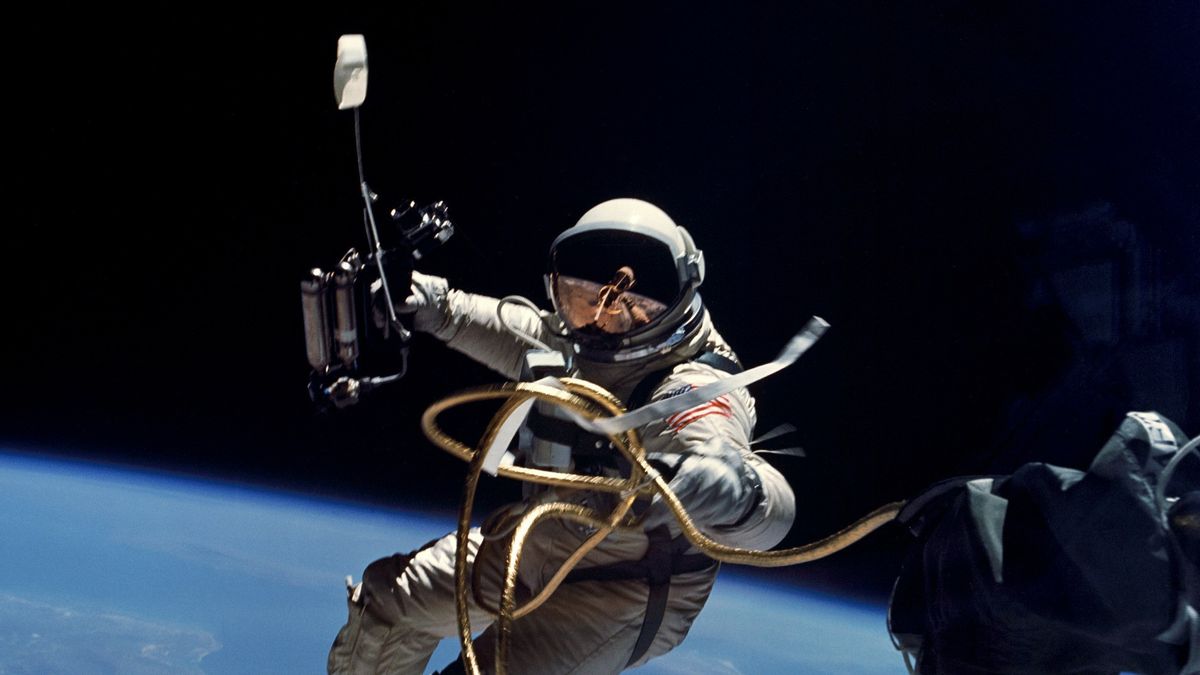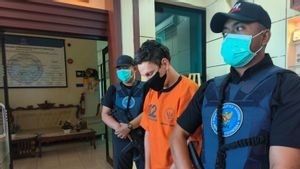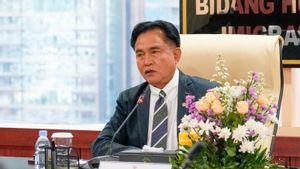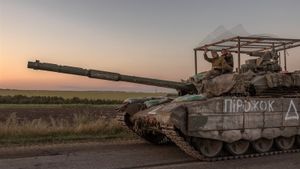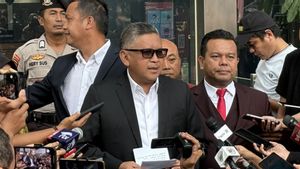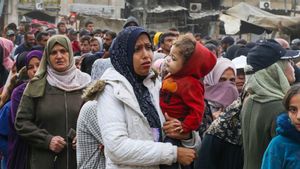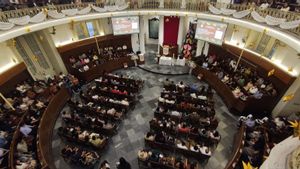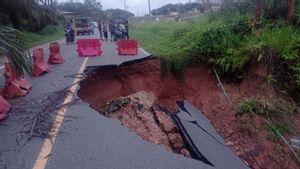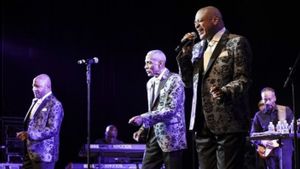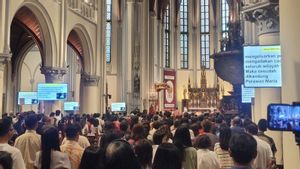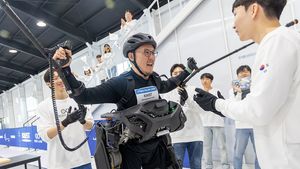JAKARTA - Who said that a job as an astronaut cannot be done by women? Not a few of these women have played an important role in the history of NASA space exploration.
In NASA records and history, many women have played an important role in advancing space exploration during the past 61 years at NASA. From doing calculations to sending astronauts to the moon and launching them into space on their own as mission specialist and commander.
Who are these tough and great women? The following informs VOI as quoted from Business Insider, Tuesday, April 21.
1. Kitty O'Brien Joyner
This woman is the first to graduate from the University of Virginia's engineering program. She joined the NACA (National Advisory Committee for Aeronautics, which later became NASA) in 1939. Joyner was the first female engineer, working on turbines in wind tunnels and researching supersonic flight. However, he retired from NASA in 1971.
2. Katherine Johnson
Johnson began working as a "human computer" at NACA in 1953. He calculated trajectories for Alan Shepard, the first man in space, and John Glenn, who had Johnson personally examine the results of electronic computers. He also calculated the trajectory for Apollo 11's flight to the moon in 1969.
Johnson received the Presidential Medal of Freedom in 2015 to honor her achievements in paving the way for gender and racial equality as a black woman in STEM, and her tokoba was played by actress Taraji P. Henson in the film Hidden Figures.
3. Dorothy Vaughan
This bespectacled woman was once NASA's first African-American manager, working as head of the separate NACA Western Area Computing Unit from 1949 to 1958. She became known as the "Western Computer" analyzing data for NACA space engineers.
Vaughan was also a mathematician and an expert on FORTRAN, a programming language for numerical and scientific computing. He retired from NASA in 1971. Like Katherine Johnson, he is also described in the film Hidden Figures, played by Octavia Spencer.
4. Mary Jackson
This one woman was a "human computer" in a separate West Area Computing Unit before working with engineers in the NACA Supersonic Pressure Tunnel that blew winds at twice the speed of sound.
Jackson obtained special permission to attend graduate-level mathematics and physics classes through the University of Virginia held at the then separate Hampton High School to become an engineer. In 1958, she was promoted from mathematician to NASA's first black female engineer.
Although she retired in 1985, twenty years and dozens of papers later, she became the Langley Research Center's Federal Women's Program Manager, leading efforts to recruit and promote more women at NASA.
5. Sally Ride
As a child, he dreamed of becoming a professional tennis player when he was young. Instead, she was the first American woman to be launched into space. Dan flew the Challenger twice, in 1983 and again in 1984. He also investigated a spacecraft explosion in 1986.
After becoming an astronaut, he taught physics at the University of California, San Diego, wrote children's books, and founded the non-profit organization Sally Ride Science.
6. Judith Resnik
Although remembered for such heartwarming events, Resnik was the first Jew and second American woman to travel into space after Sally Ride. He worked as a mission specialist in 1984 aboard the space shuttle Discovery and specialized in operating its mechanical arm.
He was one of seven crew members killed when the space shuttle Challenger broke apart seconds after takeoff in what would become his second space flight in 1986.
7. Kathryn Sullivan
Being the first American woman to walk in space, Sullivan spent over 532 hours in orbit during her time as an astronaut at NASA. He went into space for the first time in 1984 and did 3.5 hours of walking.
He returned in 1990 to deploy the Hubble Space Telescope and 1992 to conduct experiments as payload commander of the Laboratory for Atmospheric Applications and Science.
The English, Chinese, Japanese, Arabic, and French versions are automatically generated by the AI. So there may still be inaccuracies in translating, please always see Indonesian as our main language. (system supported by DigitalSiber.id)
